Two great artists greatly impacted modern art in the 20th century: Pablo Picasso and Henri Matisse. They were contemporaries and rivals.
Both are known for their unique use of color in their works—Picasso used colors to set the tone, and Matisse used them to express.
Who was Henri Matisse? What makes his artwork important to this day?
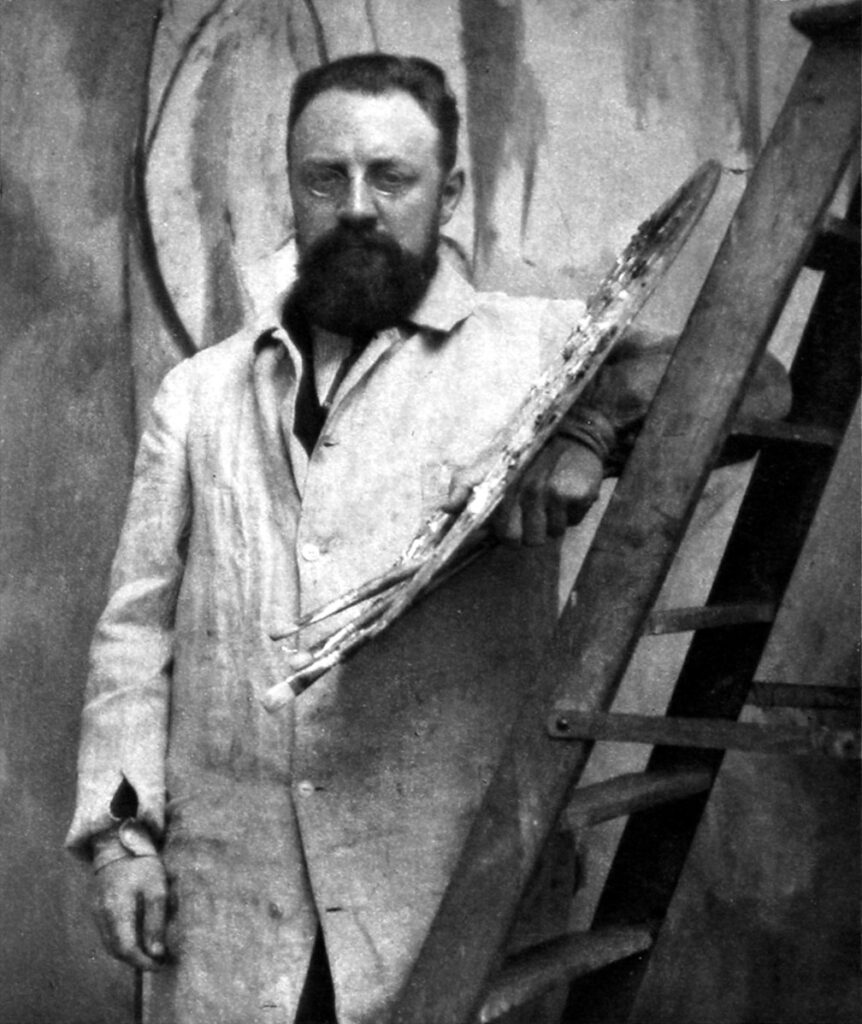
What You Need To Know About Henri Matisse
Henri Matisse was a French painter, sculptor, and draftsman. He was born on December 31, 1869, to a wealthy family in northern France.
Matisse studied law but turned his attention to painting shortly after graduation. He deeply disappointed his father with his chosen profession. However, it was a beautiful gift to the world because Matisse created some of the most beautiful pieces that remain fascinating and engaging to this day.
He reportedly made around 1,000 artworks during his lifetime, and more than half of them were paintings.
Some art experts regard Matisse as the most important French painter of the 1900s. He began painting still life and landscapes in the late 19th century. And then, one day, he received a Van Gogh drawing, and his style completely changed.
The French painter started creating artworks with brighter, more vibrant colors—most of his paintings are incredibly vivid. He became known as the leader of the Fauve (French for “wild beasts”) movement.
If you are interested in studying Matisse’s works, you can start with these eight masterpieces:
- Woman With a Hat
- The Open Window
- Dance
- Blue Nude
- The Joy of Life
- The Red Room
- Blue Nude II
- Woman Reading
Let’s dive deep into these Matisse paintings that everyone should know.
1. Woman With a Hat
Artists have muses, and for Matisse, it was his wife, Amelie. Woman With a Hat is a beautiful oil-on-canvas painting of Amelie.
It was among the artworks exhibited at the annual Salon d’Automne in 1905. Other works on display were by Andre Derain and Maurice de Vlaminck. It was during that exhibit that the term “Fauves” was born.
Woman With a Hat was also the painting that demonstrated a significant shift in Matisse’s style, which was the approach he ended his career with. He was known to be a naturalist before this, but with this painting, he became more expressive with loose brushwork and vivid colors.
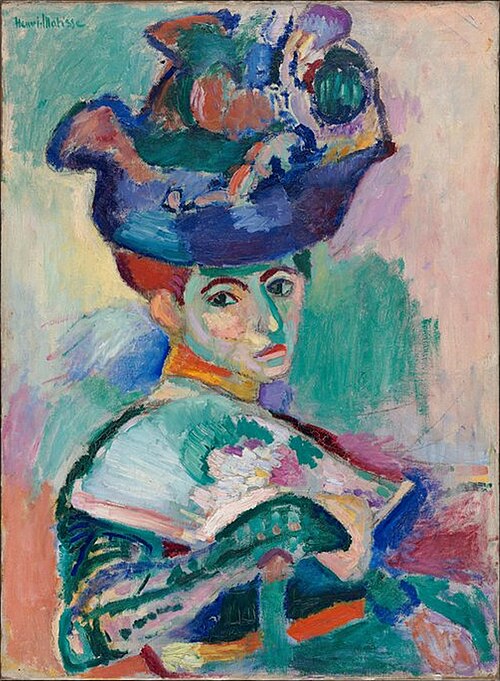
Purists initially disliked this new style, but the Steins showed their appreciation. They were a family of art collectors comprising siblings Michael, Gertrude, and Leo. Their appreciation and purchase of Woman With a Hat boosted Matisse’s morale and popularity.
The painting is currently on display at the San Francisco Museum of Modern Art.
2. The Open Window
The Open Window was another Matisse painting exhibited during the Salon d’Automne 1905. It was purportedly the view from the artist’s window in Collioure, where the Catalan port could be seen. The painting includes colorful sailboats in the water.
Collioure has always been a favorite among artists because of its scenic beauty. Picasso, Derain, Marc Chagall, and Raoul Dufy have painted in the old town. Deraint and Matisse traveled there in the summer of 1905 to paint.
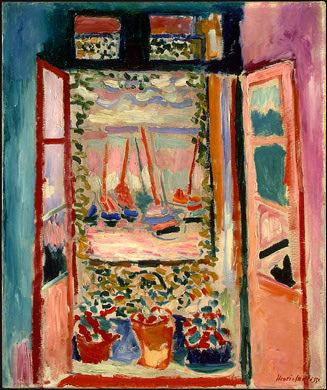
As for Matisse, he had painted open windows before, but the 1905 oil-on-canvas creation of Collioure remains a favorite. It is currently housed at the National Gallery of Art in Washington, D.C.
Art scholars and enthusiasts have called The Open Window an icon of early modernism, which is a rejection of early conservative and realistic depiction of subjects in paintings. Matisse embraced modernism by buying the Three Bathers painting by Paul Cezanne and studying it.
3. Dance
Also known as La Danse, this 1910 painting was commissioned by Russian art collector Sergei Shchukin. It was first exhibited at the 1910 Salon d’Automne in Champs-Elysees in Paris.
The painting looks simple enough, but it is one of the best examples of Fauvism and has become an emblem of modern art. But when it was first shown in public, people thought Dance was too bold.
The nudity and the bright colors weren’t immediately received warmly by art enthusiasts. For them, the piece was almost barbaric.
But there is something beautiful in primitive art. The simplicity, complemented by the bright colors, became a much-appreciated masterpiece over time.
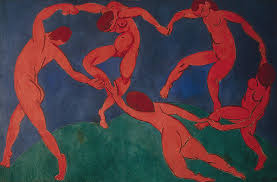
The oil on canvas painting stands at 102.4” x 153.9” and is currently on display at The Hermitage in St. Petersburg, Russia, along with its companion piece called Music.
The painting’s older sister, known as Dance (I), is residing at the Museum of Modern Art in New York. The earlier version, painted in 1909, had more subdued colors.
4. Blue Nude
Many would say that Matisse’s Blue Nude of 1907 inspired Picasso to create Le Demoiselles d’Avignon, one of his most well-known paintings. Some have also said it was the start of the feud between the two famous artists of the 20th century.
It was originally a sculpture that was shattered. So, Matisse finished it on canvas. He still finished the sculpture eventually and called it Reclining Nude.
The Blue Nude was exhibited at the 1907 Société des artistes indépendants with much controversy. People were shocked at the nudity coupled with the use of bold colors. By 1913, it was called an international sensation at the Armory Show in New York City.
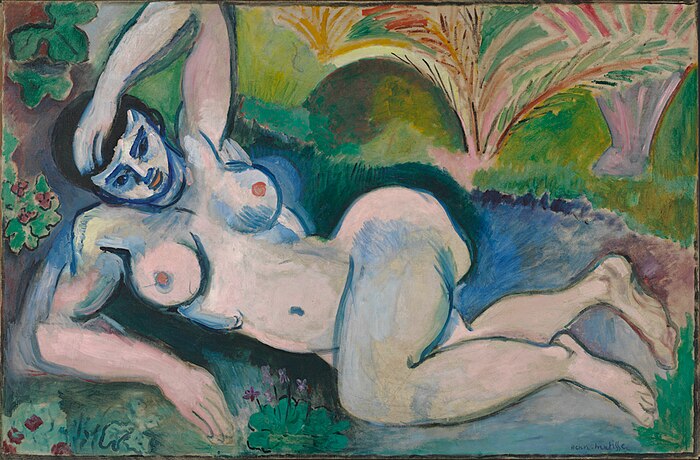
Unfortunately, the painting didn’t elicit the same reaction in the same show in Chicago. There, the Blue Nude was burned in effigy because of the anger of the crowd.
Over time, people finally realized the beauty of the painting and its place in history. It is now housed at the Baltimore Museum of Art.
5. The Joy of Life
Le Bonheur de Vivre, or The Joy of Life, is often called the greatest example of a Fauvist painting. It is also referred to as one of the two pillars of early modernism, the other being Picasso’s Les Demoiselles d’Avignon.
Matisse and Picasso may not be best friends, but their names will always be connected when scholars talk about modern art.
In this painting, Matisse depicted the joy of life, with nude men and women cavorting and dancing in a vibrant landscape. He worked on the painting between 1905 and 1906 and exhibited it first at the Salon des Indépendants.
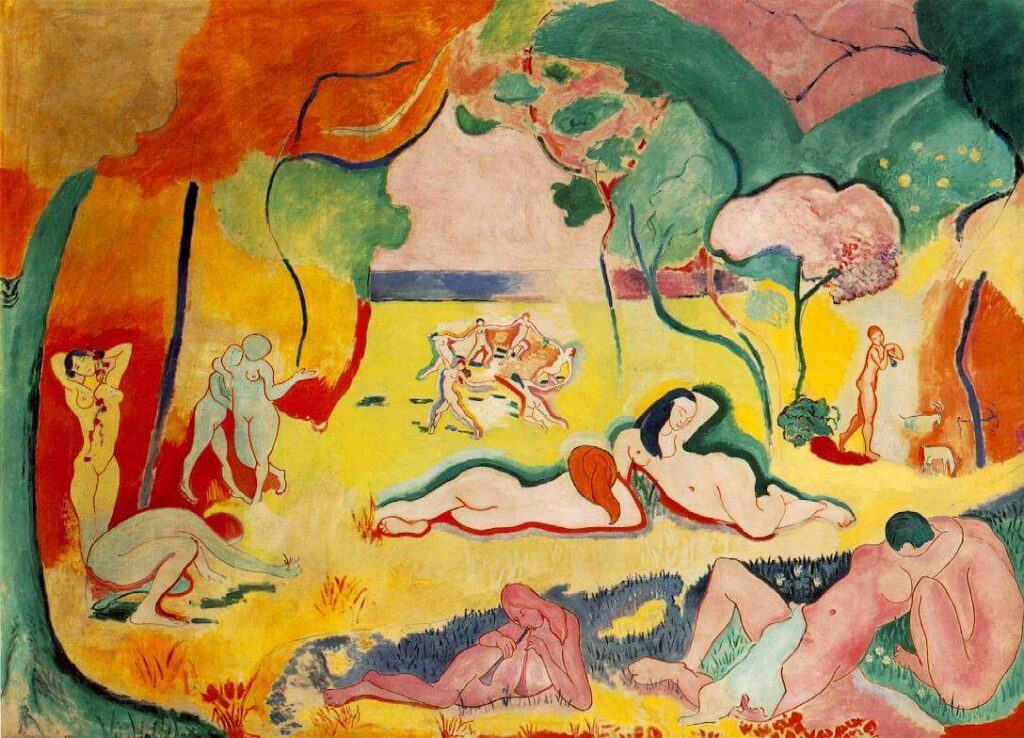
Again, the initial reactions to this painting were quite negative. People were not immediate fans of it, and they pointed out the lack of style and consistency. It wasn’t until the 1920s that people started looking at The Joy of Life differently.
The painting is now at the Barnes Foundation in Philadelphia. Scientists are working on saving the painting, as some parts have turned white and brown.
6. The Red Room
Matisse received an order for a painting called Harmony in Blue. He worked on it but was dissatisfied with the first outcome.
So, Matisse painted over it and used his favorite color: red. The result is the masterpiece known as The Dessert: Harmony in Red, more popularly known as The Red Room.
Some historians have called this as Matisse’s magnus opus. It depicts a luxurious dining room in red, with a maid laying out wine and fruit on the table. The rich and intense red of the piece makes a tremendous impact.
The oil on canvas painting was finished in 1908, and is on display at the Hermitage Museum in St. Petersburg.
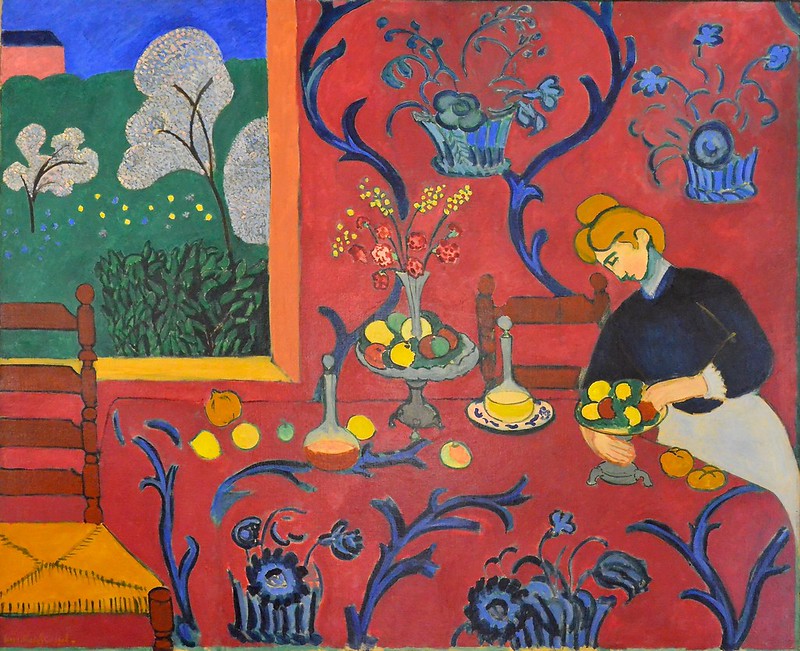
7. Blue Nude II
Matisse revisited his Blue Nude painting toward the end of his life, when he no longer had the same facilities to paint when he was younger.
With Blue Nude II, he created a new technique using paper cut-outs painted with gouache. In this case, he used a singular blue color to create nude art.
Matisse had some help with the arrangement of the cutouts, but it was still based on his artistic vision. Cutting and arranging the cutouts took at least two weeks to finish in 1952.
Blue Nude II is among the last of Matisse’s works. He died of a heart attack in 1954. It is currently on display at the Musee National d’Art Moderne in Paris.

8. Woman Reading
Fans of Matisse’s Fauvist paintings will have difficulty reconciling that he created the Women Reading or La Liseuse. The painting, which is oil on board, was finished in 1895. It is somber and showcases naturalist techniques, which Matisse practiced in his early years as a painter.
The painting depicts a woman dressed in black reading a book while sitting on a chair. The point of view is of the woman’s back and the regular components one usually sees in a room.
It is currently on display at the Musee Matisse, which houses most of the artist’s works. Matisse established the museum himself in 1952 and had a lot of control over how his art should be displayed.
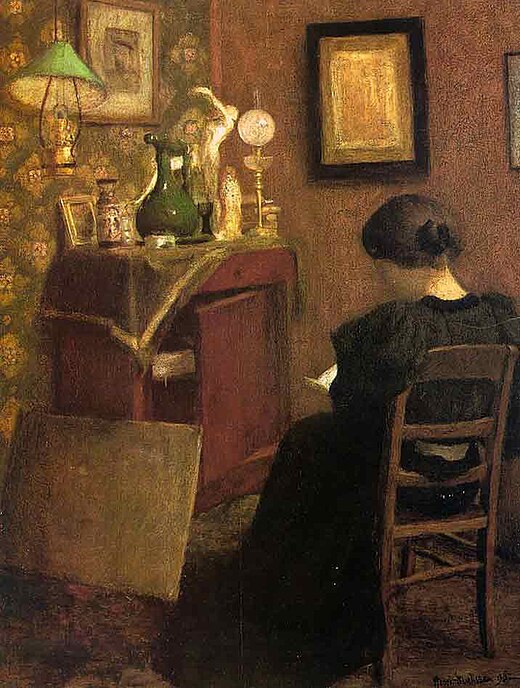
What Would Today’s Art Be Without Matisse?
Thanks to pioneers like Henri Matisse, the art world is bursting with creativity and unique points of view. Through his use of vibrant and dynamic colors, art and its appreciation changed.
As Matisse famously said, “Creativity takes courage.” He defied the traditional meaning of art in the 1900s and pioneered the Fauvist movement that influenced many of today’s modern pieces.